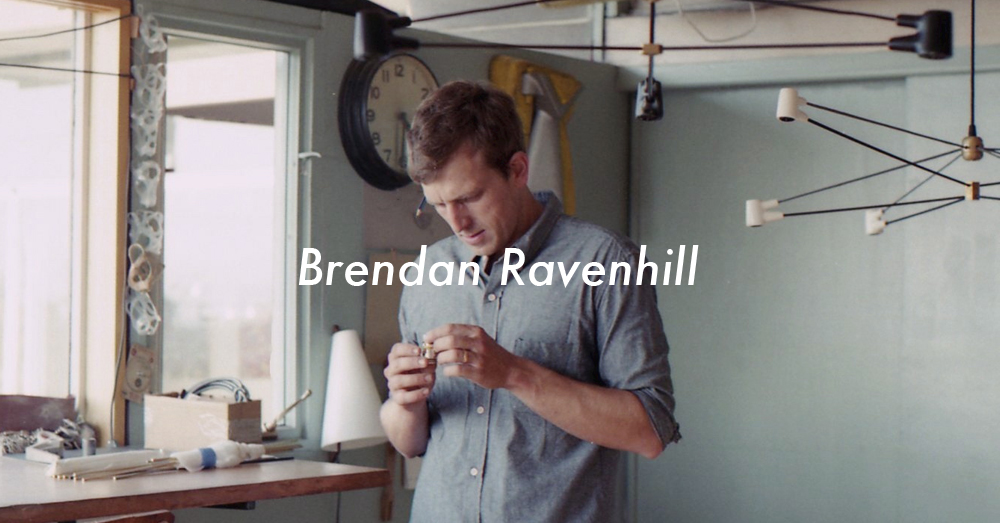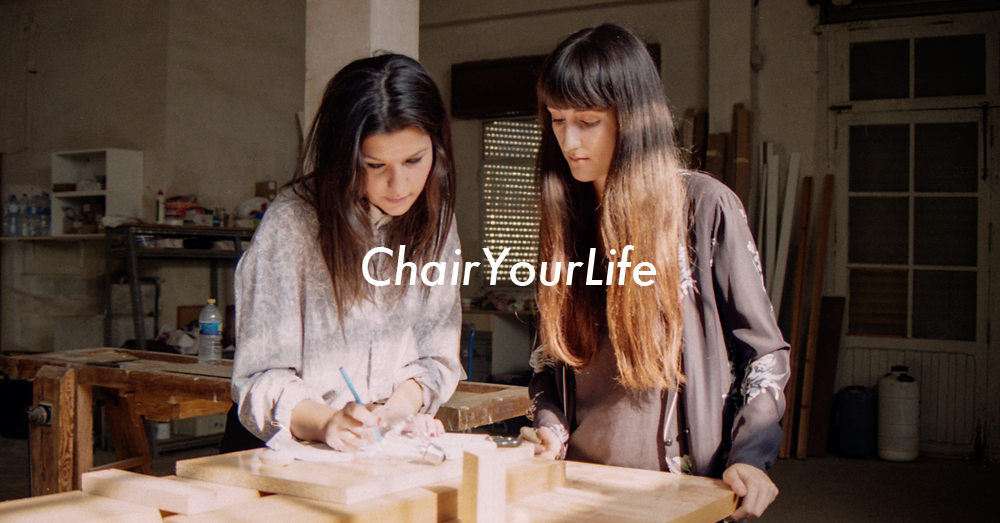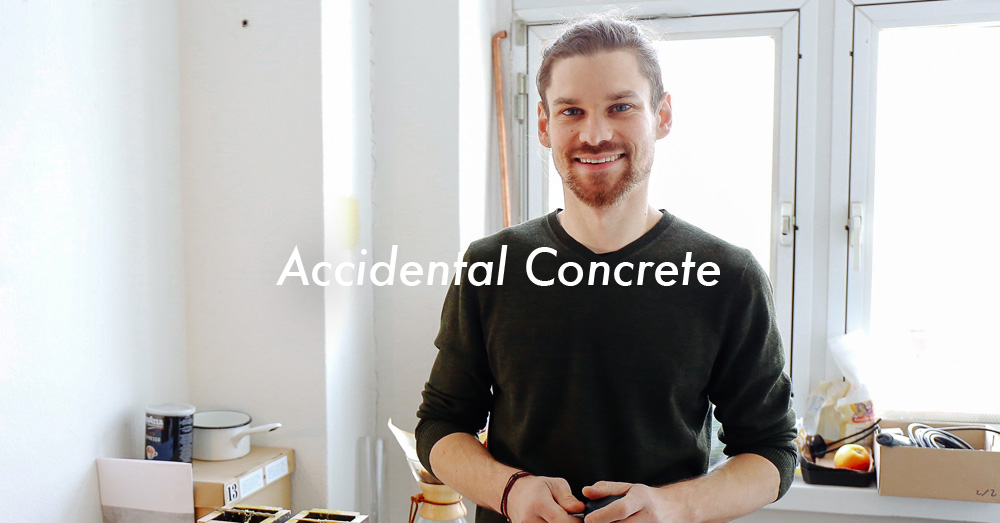Simon Busse
Simon Busse is an industrial designer based in Stuttgart, Germany. Simon studied Industrial Design at the Stuttgart State Academy of Art and Design and at Eindhoven Design Academy, and after working for several design studios in Europe he decided to start his own.
Over the past few years, Simon has also been a teaching workshops at design schools across the world he is currently a tutor at the Faculty of Industrial Design in Schwäbisch Gmünd.
Photos by Dominik Steimer

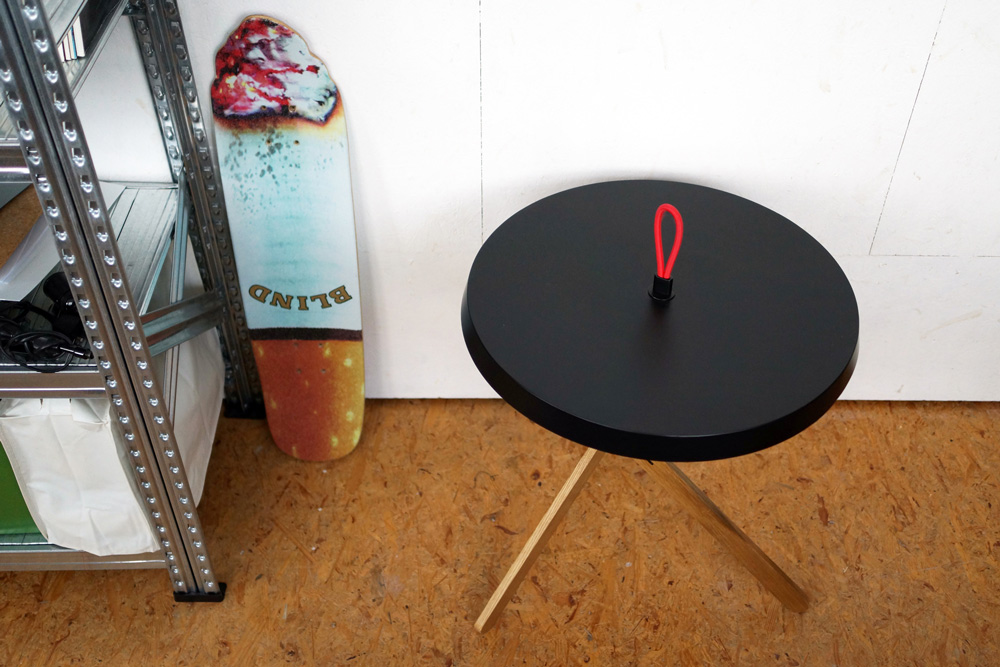
Please tell us about your background. How did you discover you had a passion for design?
Having the ability to draw a situation or an object with just a few lines has always been fascinating to me. That is the main reason why I decided to study Industrial Design in order to learn more about the process of drafting. I wanted to find an abstract approach to a project, which could be then turned into reality through self manufactured models.
You worked for different design studios in Amsterdam and Barcelona before starting your own in 2006. What made you start your own business?
I deliberately chose studios working on large and small scale projects in order to get a grasp about how different projects are managed. After gaining some experience, it became clear to me that I wanted to be more involved in the decision making process, in a way that I could directly influence the final result. That’s where the decision of setting up my own studio came from.
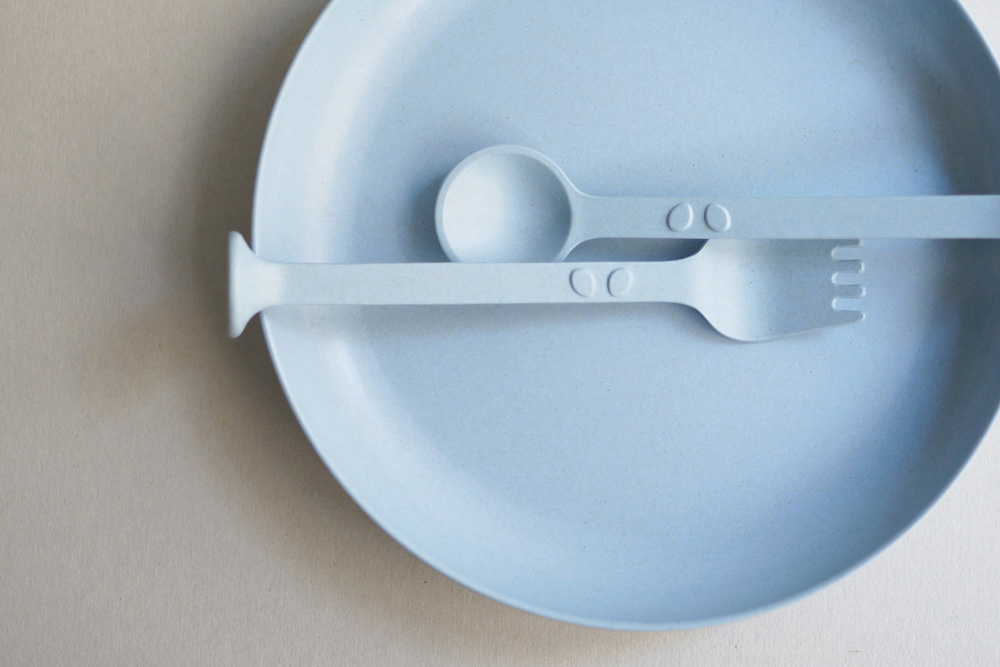
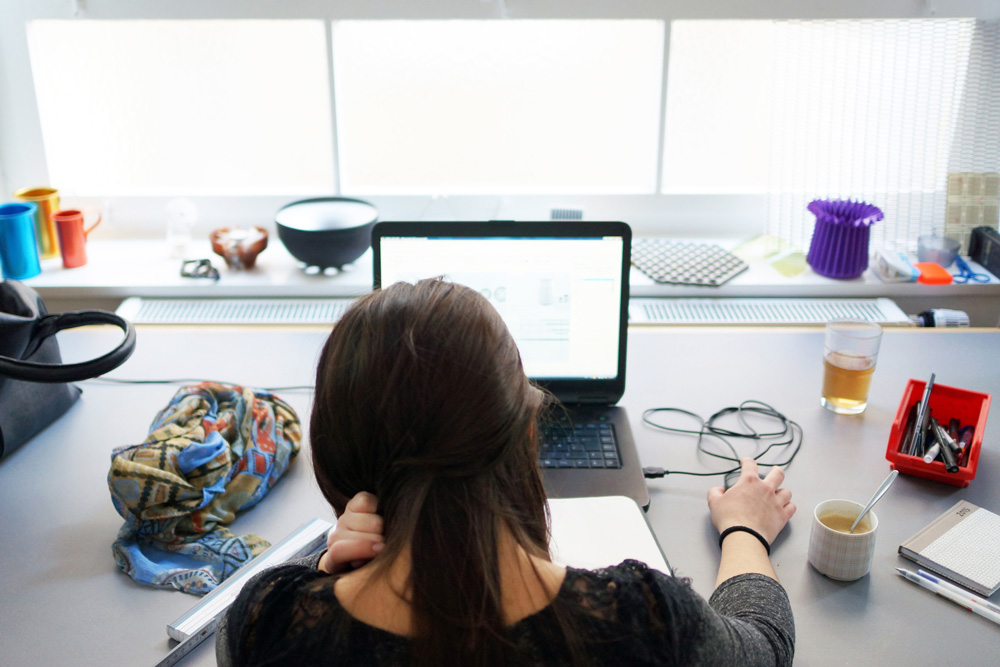
How do you approach a design project? Do you take different approaches based on the final product or do you follow a similar path?
Generally speaking, every design project has different dynamics because everyone involved in it can take a path which hasn’t been explored before. The initial point can also be of extremely different nature. For example, with the series ‘Stamp’, we were enthusiastic about using the bio-based material bamboo powder, and we designed dishes and cutlery. In this case, we came up with ideas of products we could make using this material. With the side table ‘Marionet’, the approach was different – we had a clear brief that even stated the size of the packaging. We focused on assembling the different parts and this finally lead to the main element of the table – the taut elastic strap.
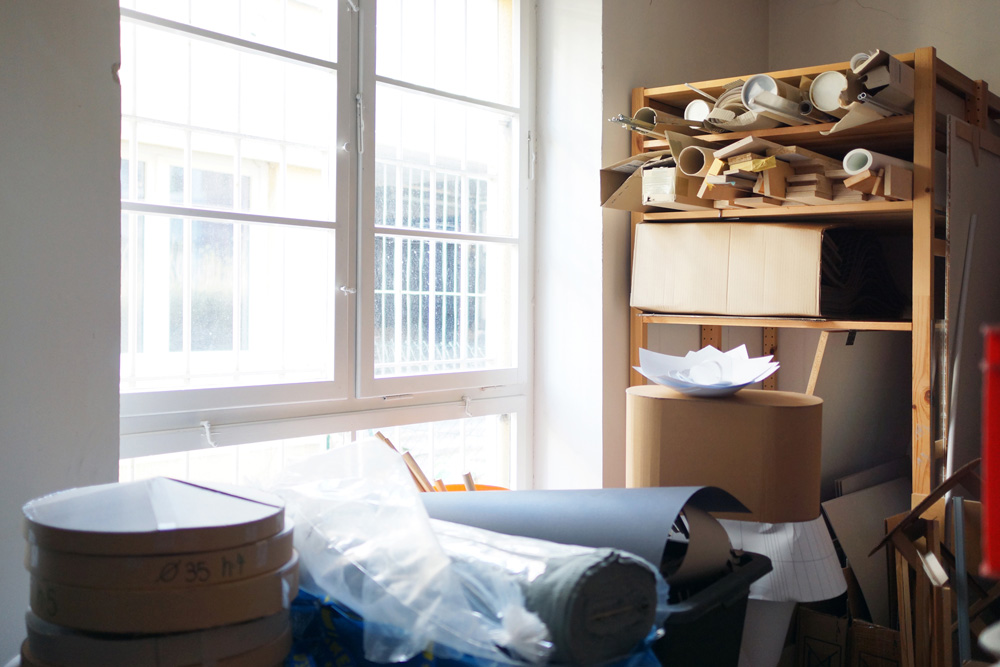
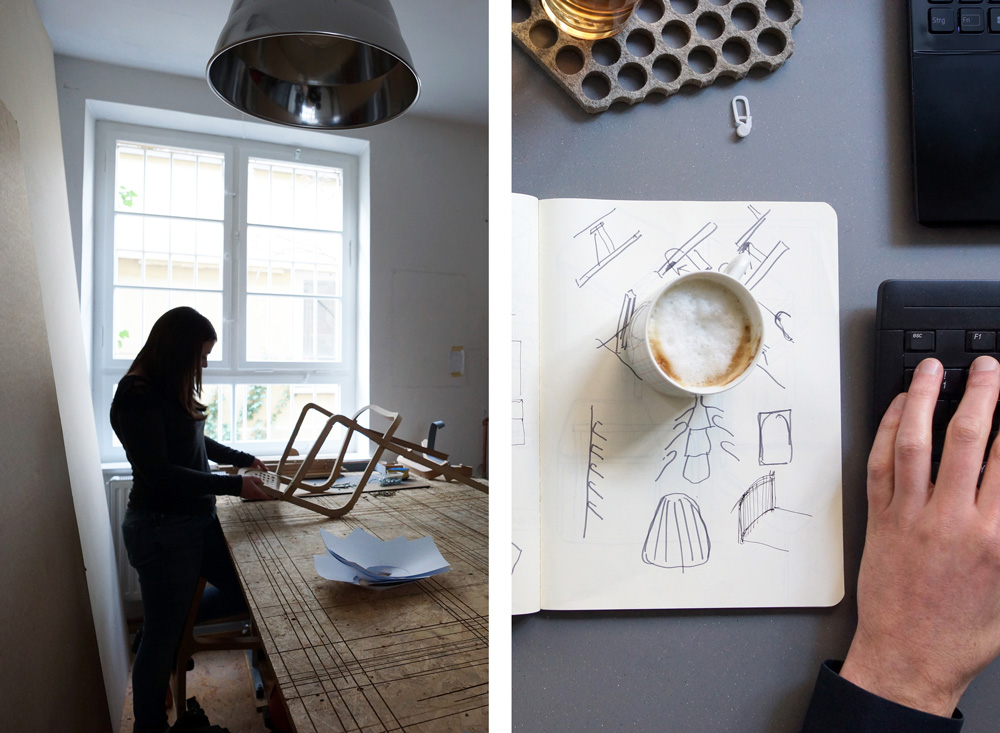
You have designed lighting, furniture, interiors, products…do you have a favourite from all the projects you’ve completed so far?
We are often asked to design objects which are not related to the space in which they are going to be used later. The brief for the ‘Club Merlin’ in Stuttgart was really exciting as we were involved in the design of the interiors. We were allowed to design all the furniture for the different rooms, and we could incorporate the users’ requests because there was a direct feedback. We also played strongly with the scale of some of the objects because they were fitted and installed directly into the area. There weren’t any requirements for mass production so we could focus on designing a pure ‘one-off’.
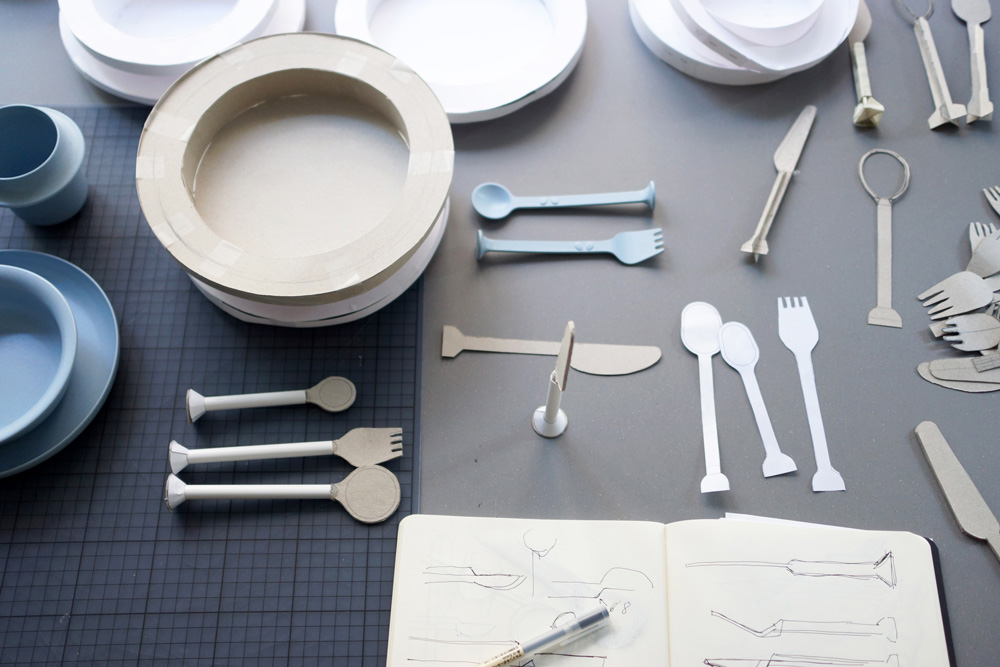
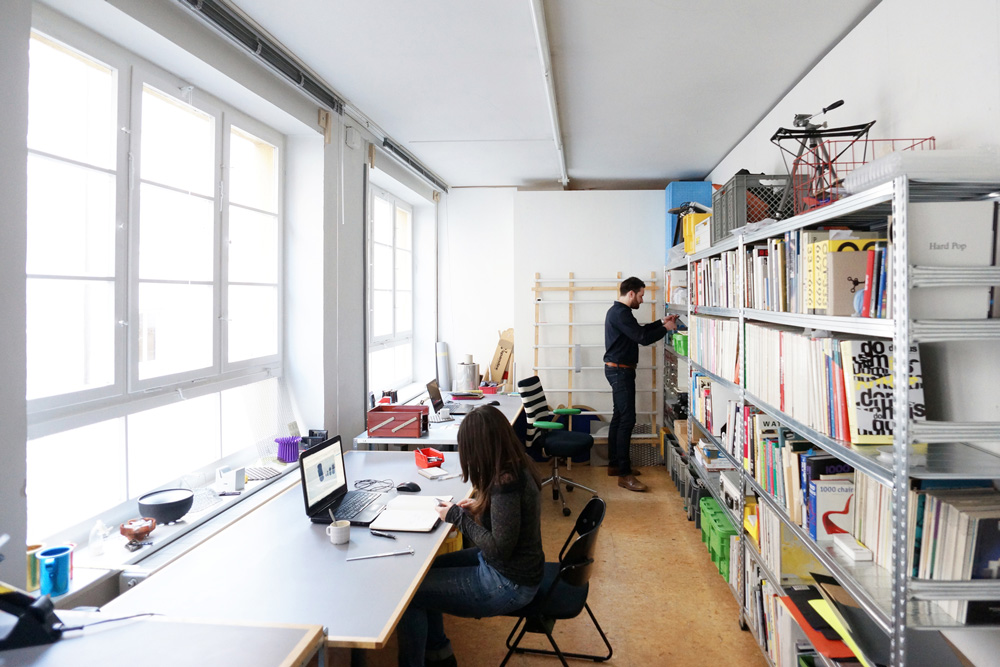
Does coming from Germany, where design movements such as Bauhaus originated, influence your work in any way?
In any case, I see my upbringing and education being a great influence because it is in my nature to investigate and solve any design problem. At my workshop, I compile my own conceptual designs through handicraft methods, as it was done at the Bauhaus. That’s something I learnt to appreciate after working at different places during my training in Europe and that’s exactly the approach we try to implement in our studio. We try to define the essence of our projects by discussing them in our team meetings during the different stages of modelling before finalising them.
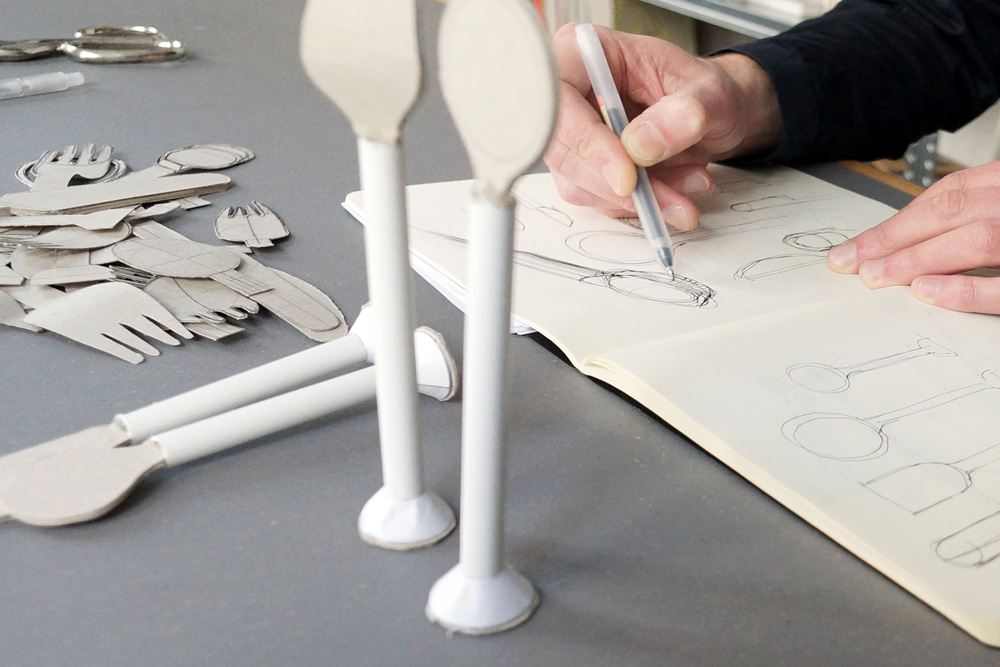
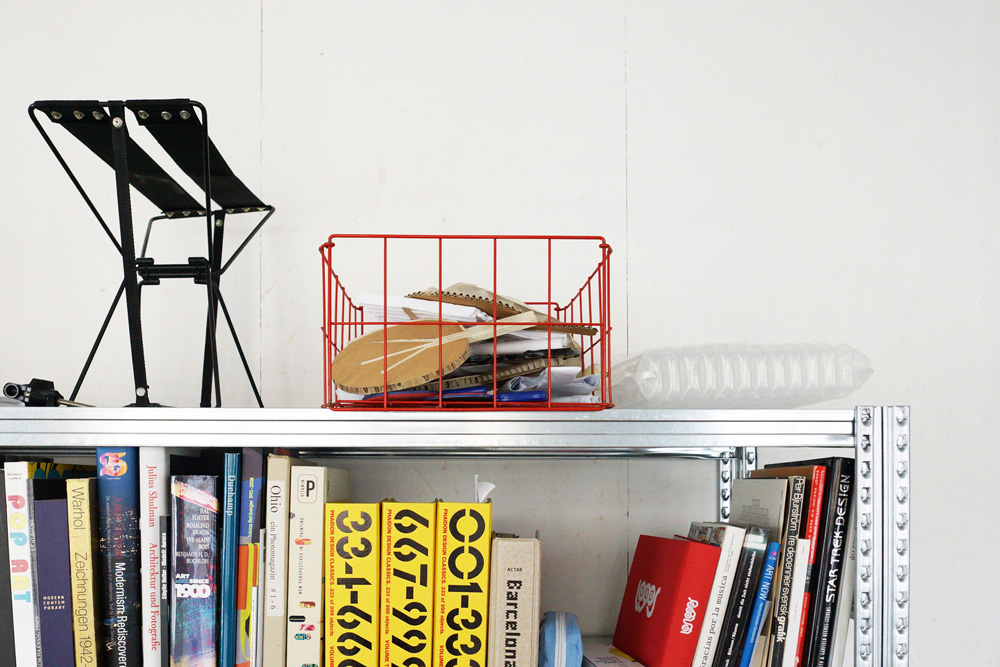
You recently designed the children’s cutlery set shown in the photos, made of bamboo for design company 8pandas. What is your view on sustainability and design? How much impact can designers have on sustainability when presented with a design brief?
The term ‘sustainability’ is very much worn out in my opinion. Very often, it describes effects from actions which are uncertain because the results will be revealed in the far distant future and it shows only limited parametres in a more and more complex world.
Generally, I find it enormously important to reveal alternatives in the making of products and as designers we have the possibility to build up acceptability.
With the dishes and cutlery series ‘Stamp’ for 8pandas we had the chance to work with bamboo powder. After seeing the first prototypes we were excited with the haptics and the quality of the bio-based material – it can even be put into the dishwasher like any other synthetic product. Actually it does not rank behind normal products made of crude oil – except that it is compostable and it can, therefore, be recycled differently.
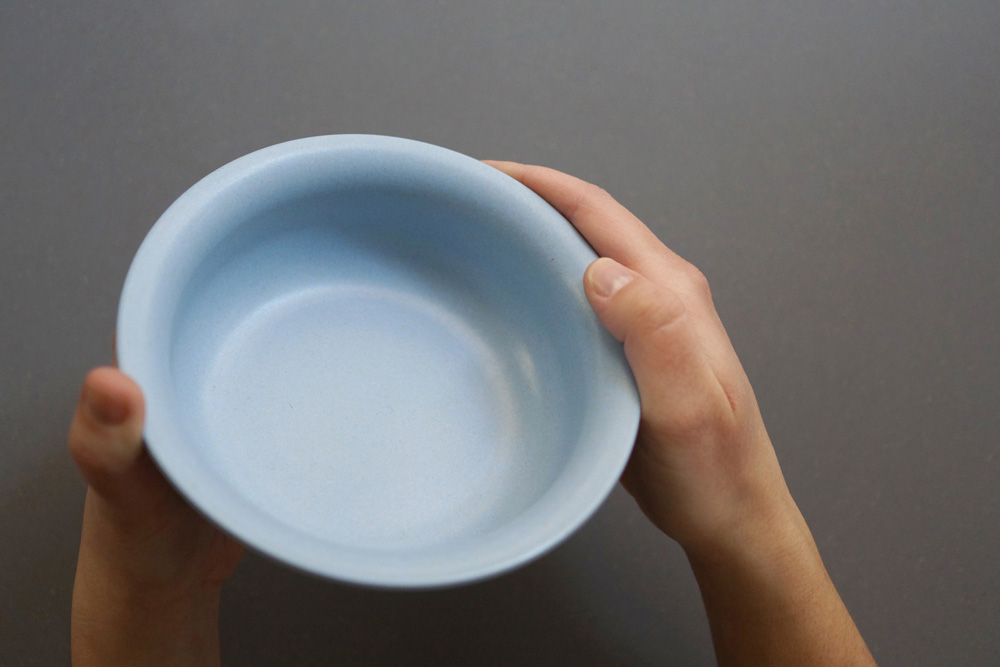
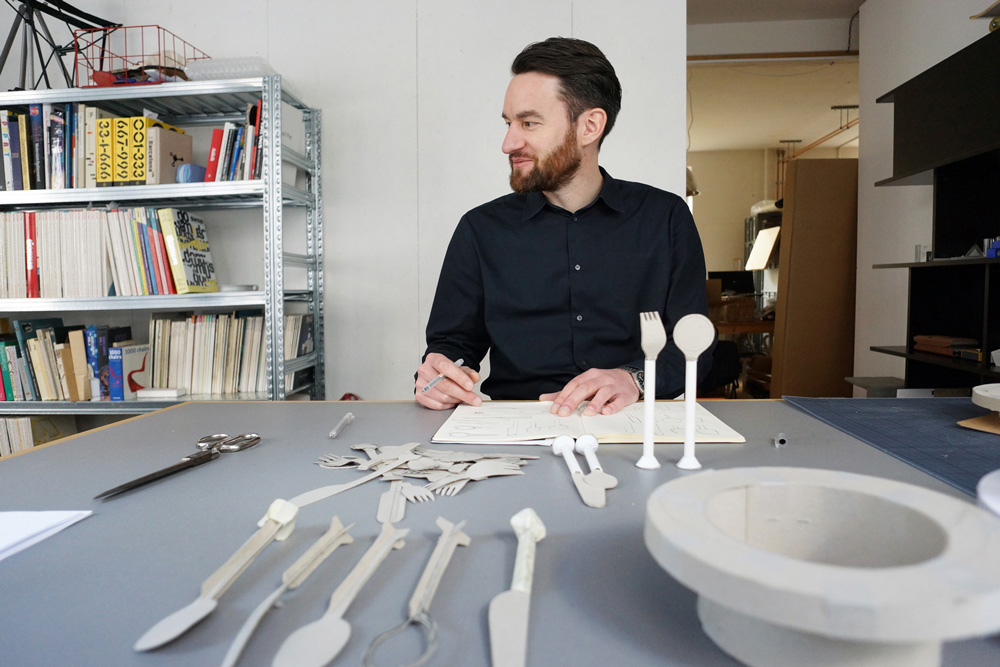
Apart from your activities as an industrial designer, you also teach at university and run workshops at different design schools. Could you tell us a little more about this?
Some years ago I was asked by a university to hold a workshop on the topic of furniture at an architecture faculty. Shortly before that, I was in Florence and intensively watched the street vendors. I was impressed by how, using very simple means, they changed the concept of knock-down furniture. A flat transportable piece of furniture is unfolded with simple flap mechanisms and manual grips so that it transforms into a perfect mobile shop.
I picked up this idea and so the series ‘Pop up Window’ was born, which I implemented at different international colleges like Basel, Barcelona and Hangzhou, China. Over the past two years I have been working as a tutor and from this year on I am a permanent tutor at the Faculty of Industrial Design in Schwäbisch Gmünd.
What advice would you give to an industrial design student who is about to graduate?
Cross borders, open doors, astonish yourself!

